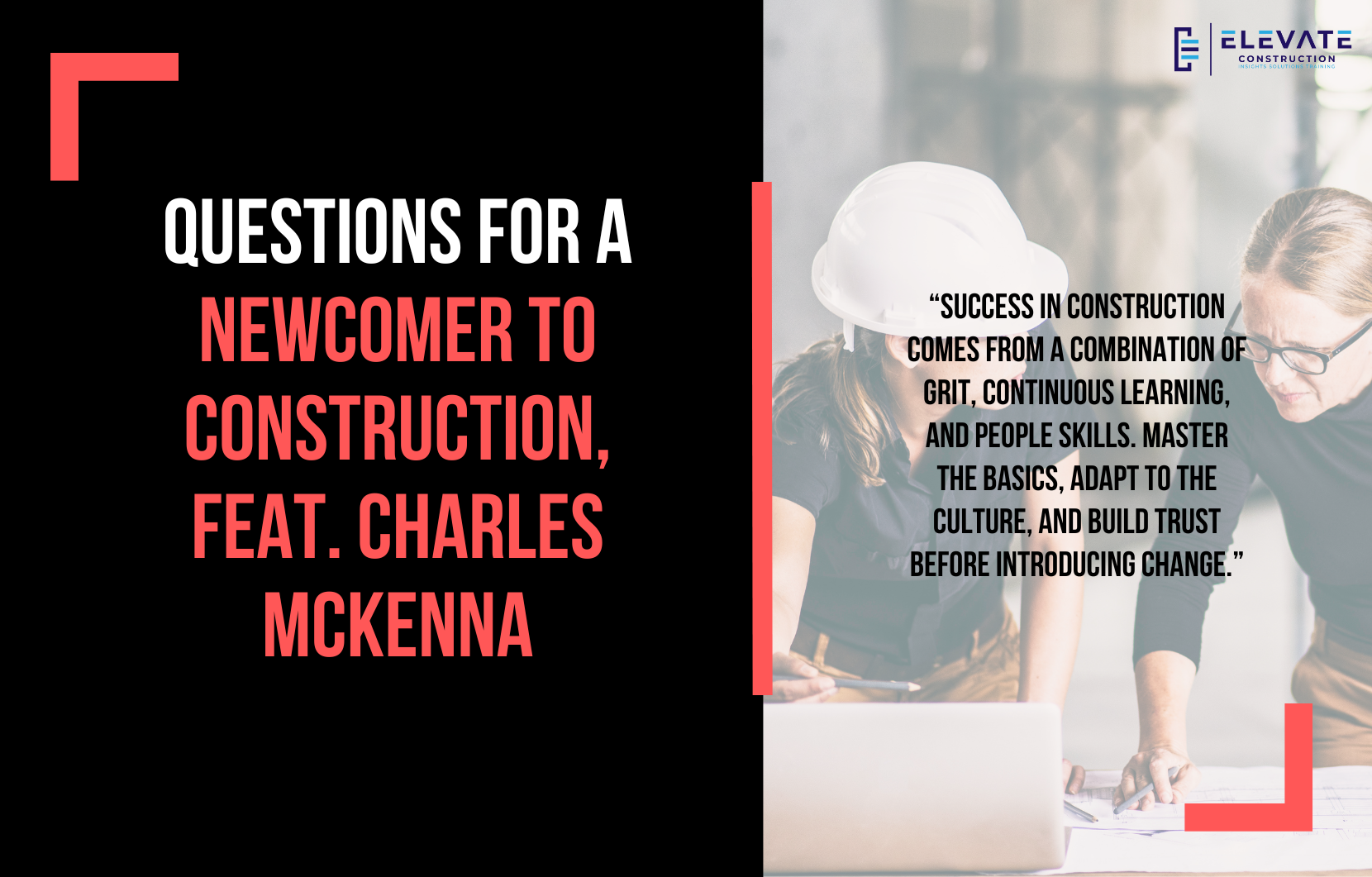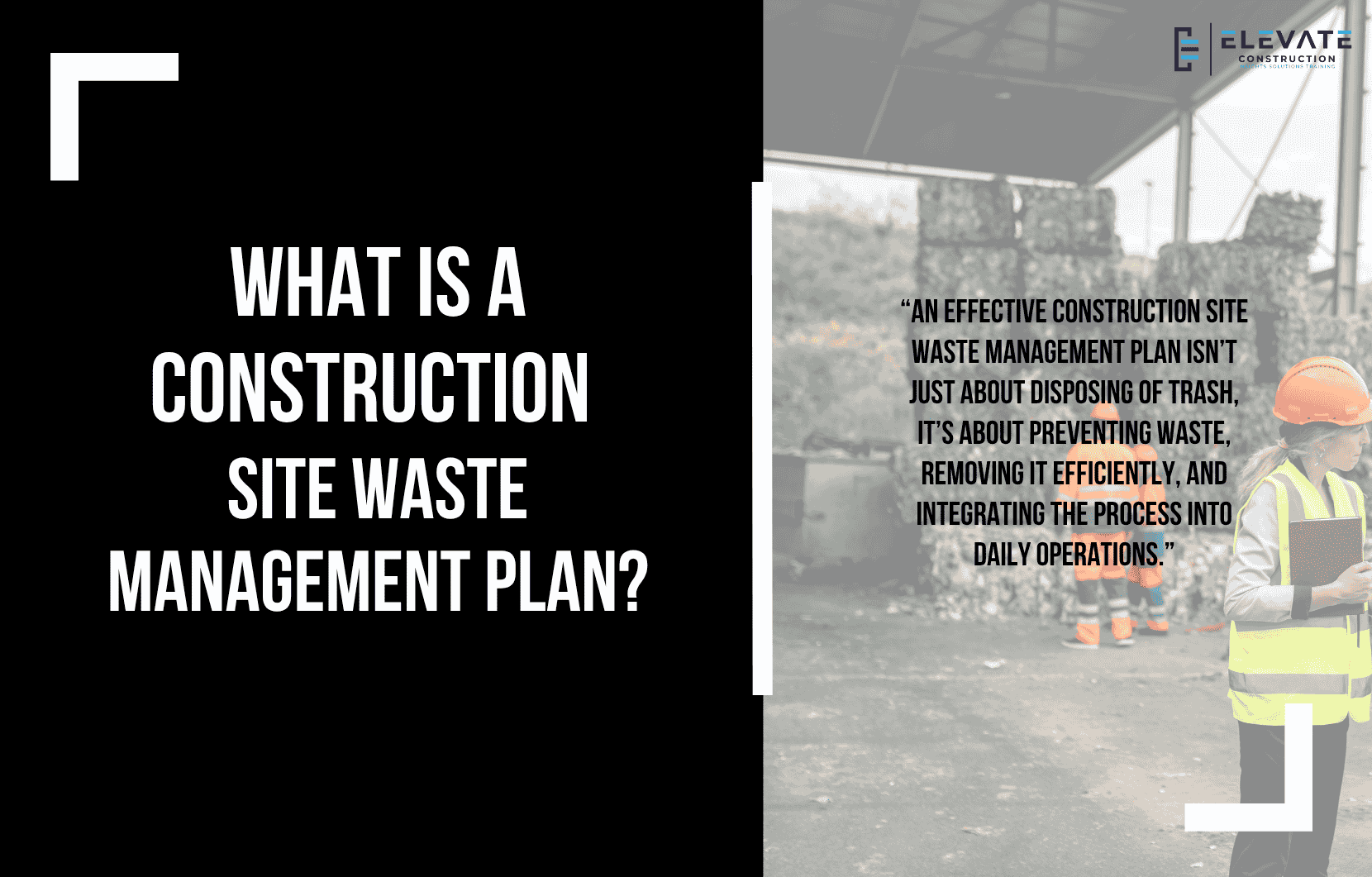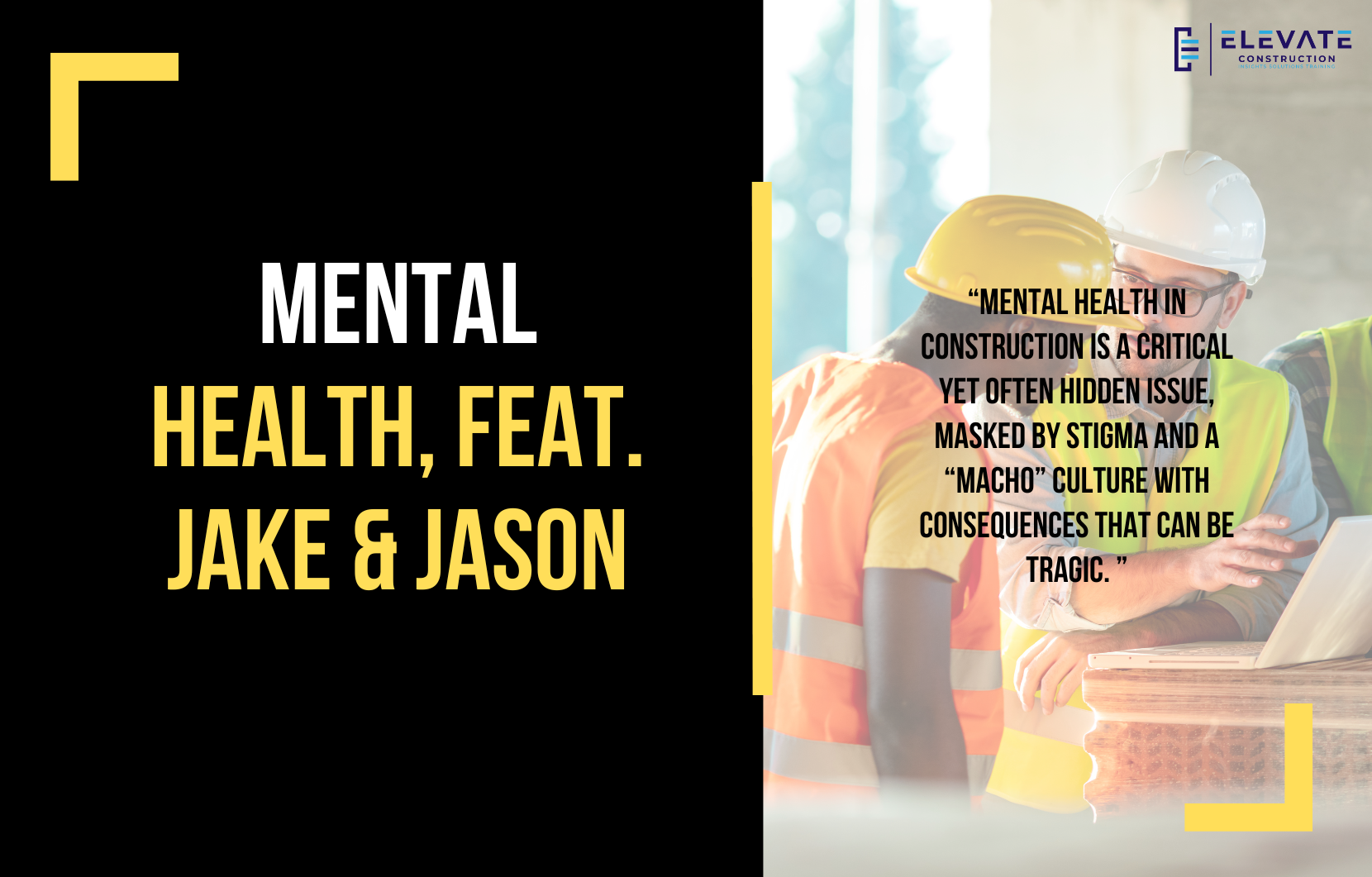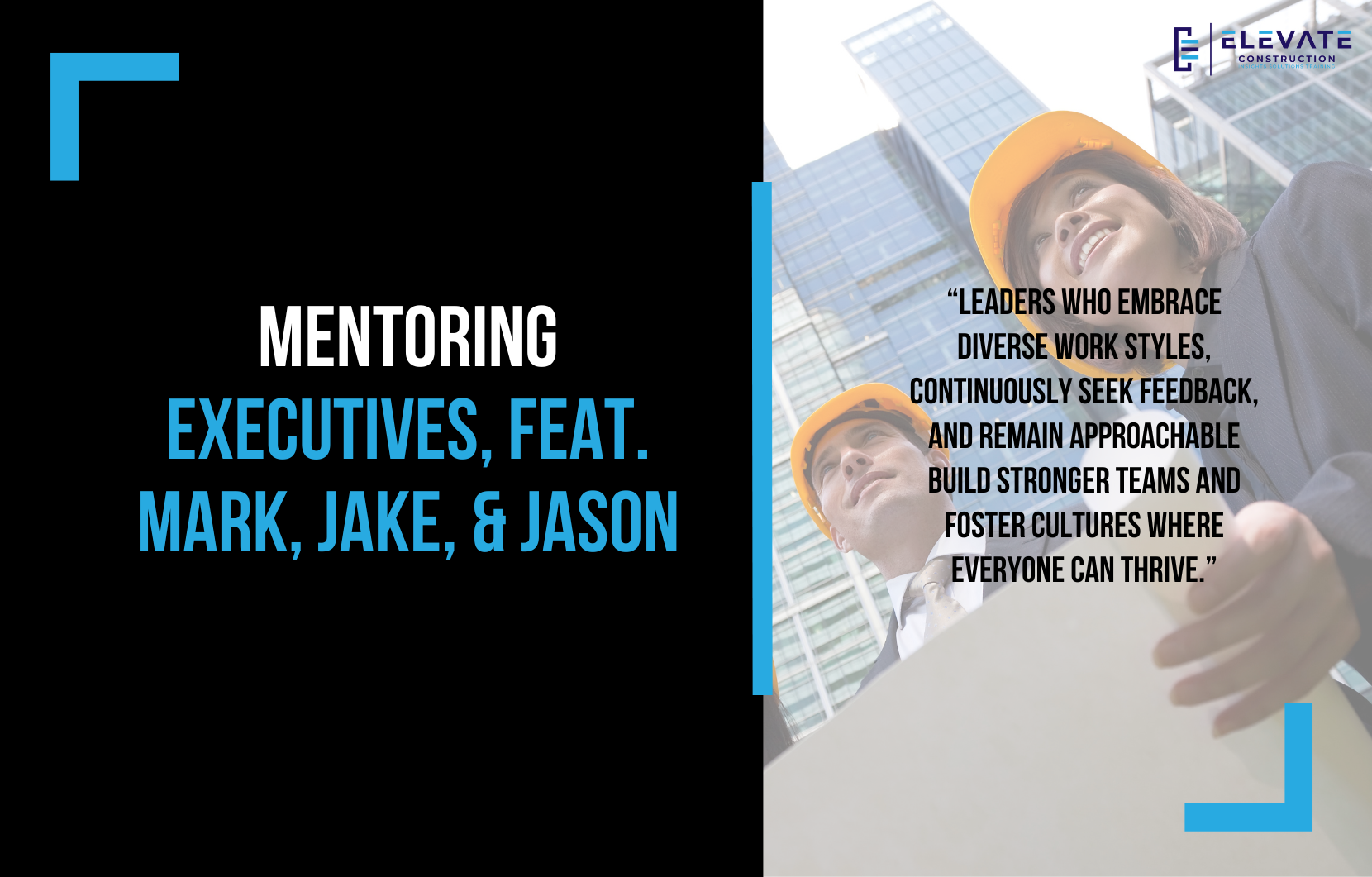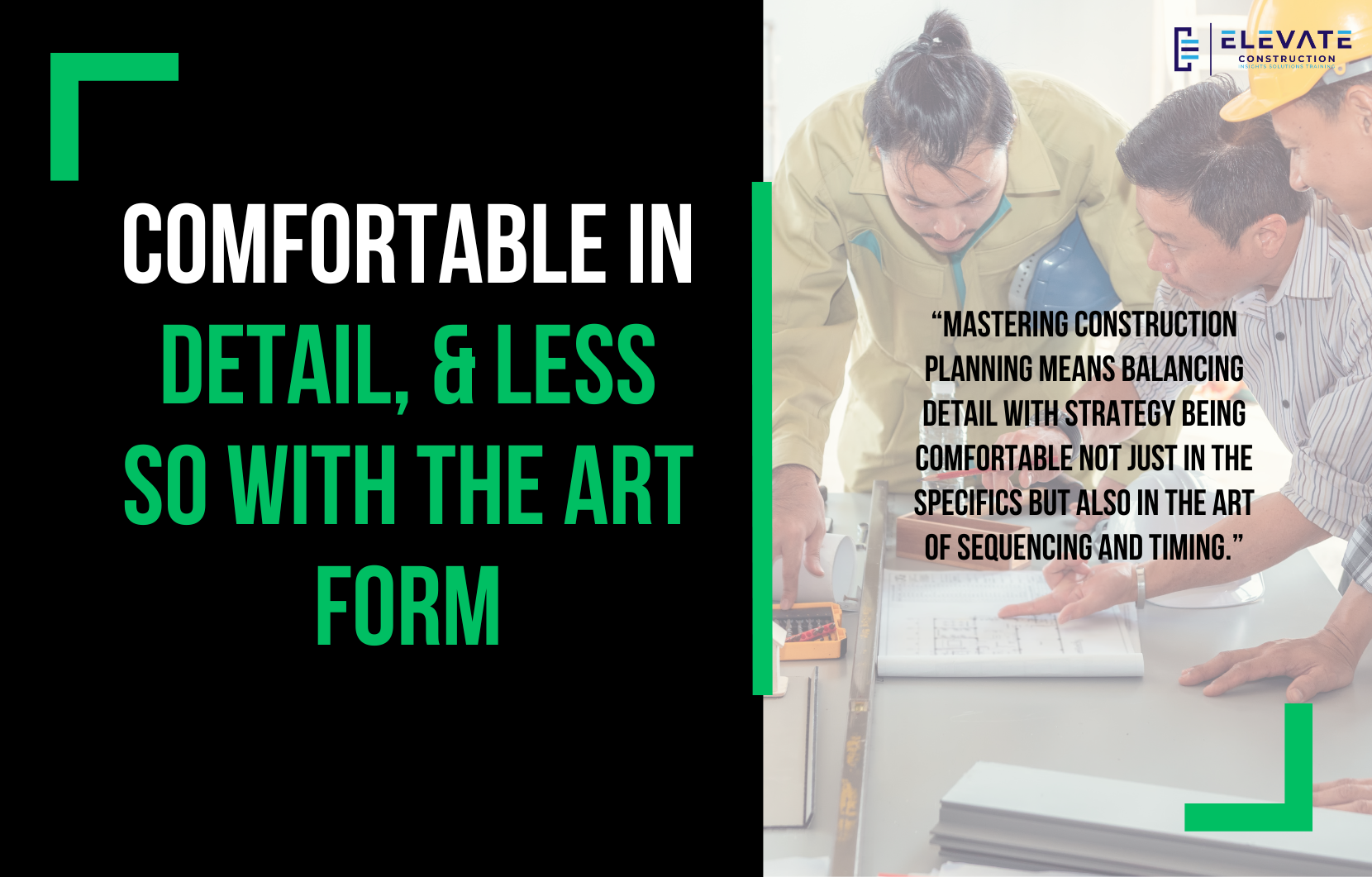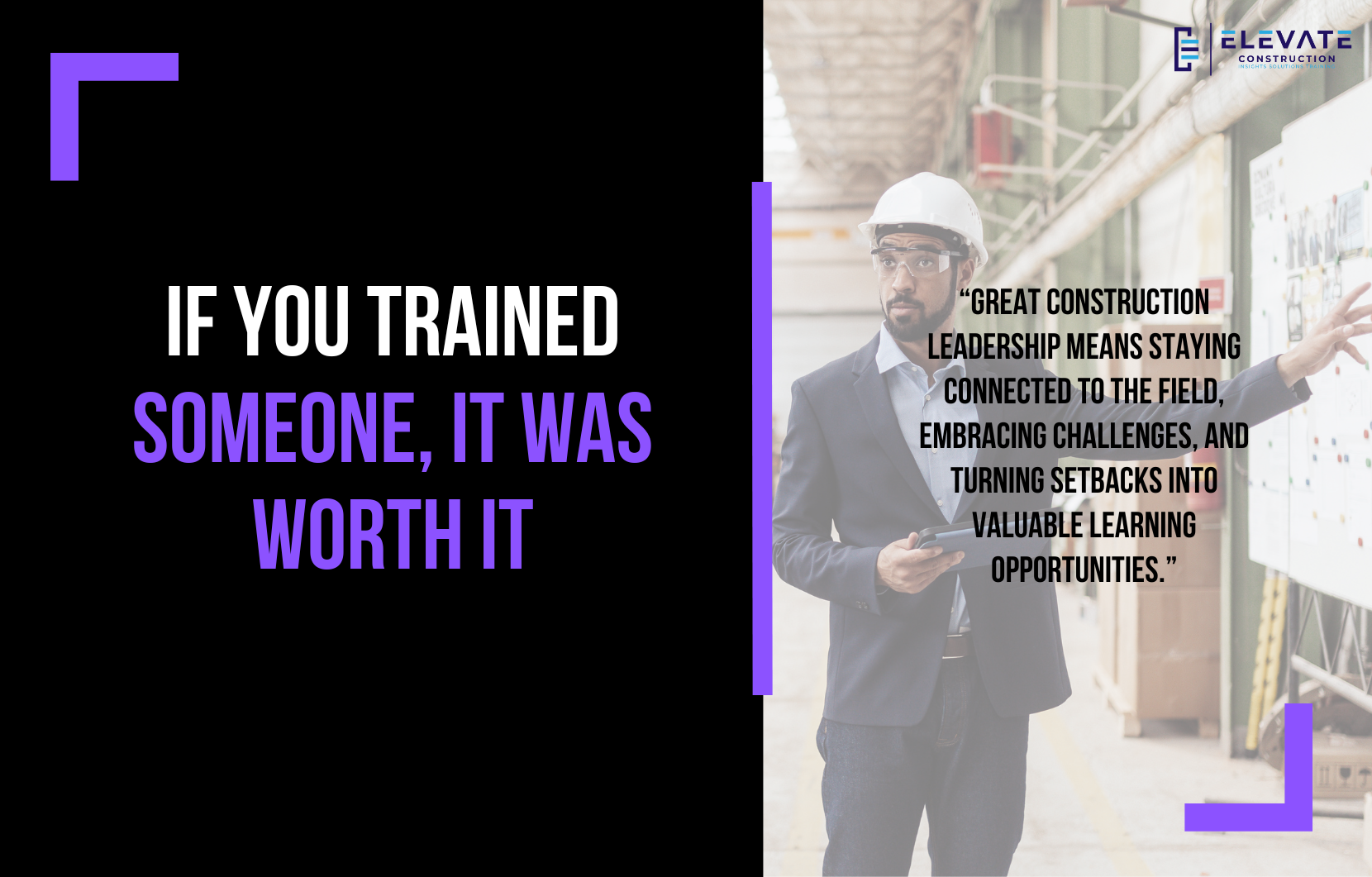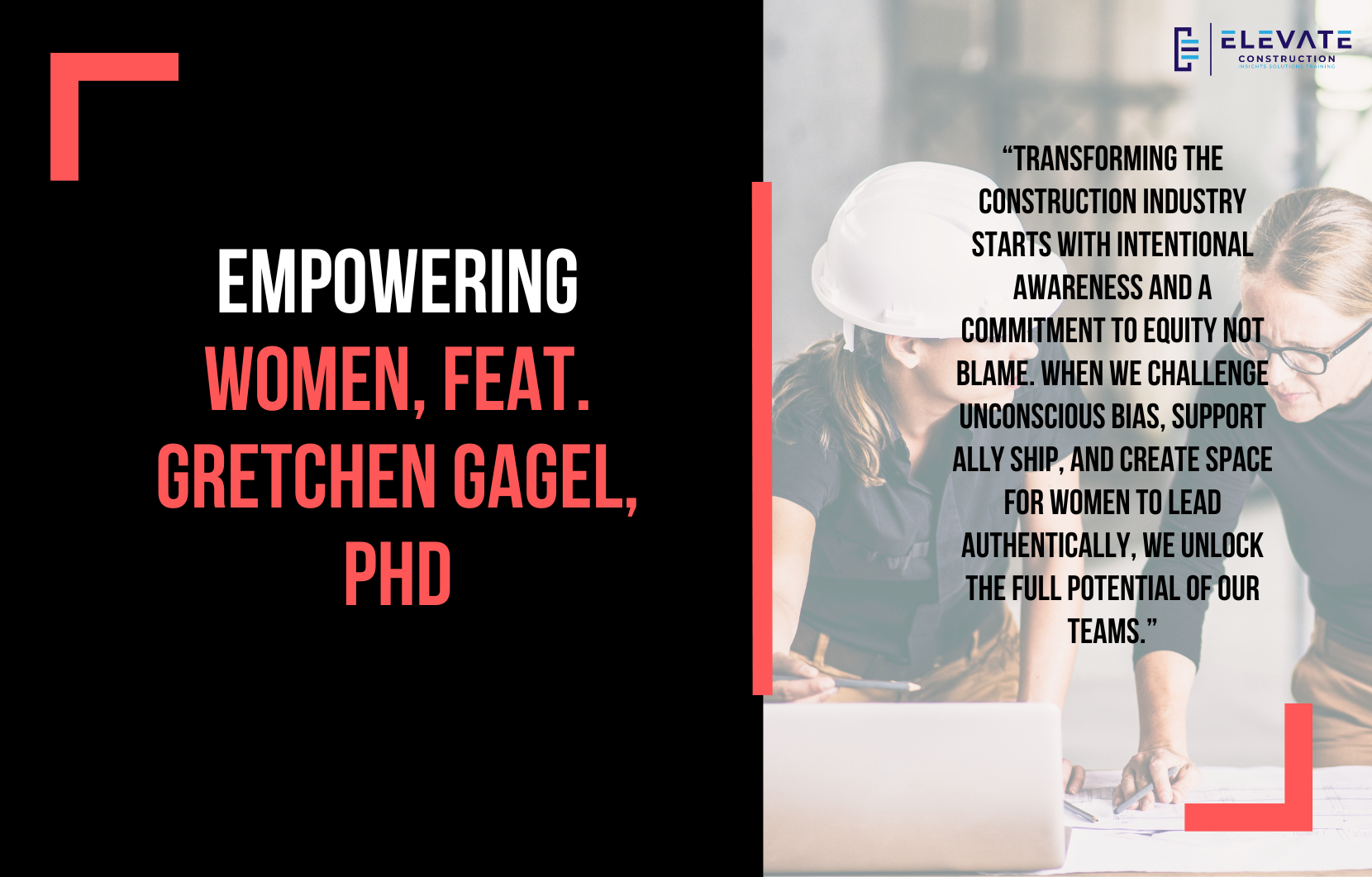Temporary Climate Control: The Smarter Choice for Your Construction Project
I’m up in Kelowna, British Columbia, Canada, having a great time with High Street Ventures at the Foreman Bootcamp. Every time I attend these, I’m reminded of something crucial: if you want to implement systems, you’ve got to pair them with training. Standards, operating systems, and field blocks all work better when the team is trained up. This company nails it.
While here, I’ve also met with Rick from Unitec and other industry leaders who genuinely care about the craft. Over dinner, we laughed that a non-construction person listening to us would think we’re a bunch of nerds, but in the best way possible.
Project & Book Updates
I’ve finished drafting the 10 Myths of CPM: How the Critical Path Method Institutionalizes Disrespect for People. Like all my books, the first draft was rough, negative, ranty, and exhausting for the reader. But after re-framing it into “myths” and shifting the tone to be positive and respectful toward people (while still critiquing the system), it’s finally where it needs to be.
Kate’s been reworking our tax planning book, adding 25 crisp, reformatted pages, updating images, and making the whole thing twice as good. When she updates a book, she doesn’t just add content; she makes the entire thing better.
We’re also moving along on Elevating Construction General Superintendents, while Elevating Construction Field Engineers is still waiting its turn. Sometimes it feels like the universe is telling us to hold that one back until it’s perfect.
On the content side, our YouTube (now blog) topics are direct responses to listener questions, which makes them perform well. And LeanTakt is growing fast, tripling sales every year. By the end of the year, the software will be better than anything else I’ve ever used.
My Goal for St. Jude
One of my long-term goals has been to contribute to St. Jude Children’s Hospital. I learned about their Dream Home Giveaway Program contractors build a home, it gets raffled off, and the proceeds help children with cancer. I now have a contact in Phoenix, and we may be able to make this happen.
Builder’s Code: Everything Visual
If it’s not visual, it’s not lean. All planning and operational tools should be clear, visible, and understood by the entire team. Visual systems get total participation, something I first learned from Paul Akers.
Temporary Climate Control in Construction
A listener from Florida asked about temporary climate control in new hospital construction and why it’s not common in other commercial projects.
I’ve done it both ways, using temporary cooling units and using permanent air handlers early. Temporary units, like the three 10-ton units we used at a cancer center, were incredibly effective and protected the permanent equipment. Using permanent systems requires installing piping, power, controls, and filters earlier than planned, which can cause schedule stress and owner pushback.
In hindsight, I often prefer temporary cooling; it relieves pressure on the schedule, protects expensive permanent units, and provides better working conditions for crews. The key is doing a proper cost and risk analysis. On one project, temporary cooling cost around $40,000, but the productivity and protection it provided were well worth it.
Climate control isn’t just about comfort; it affects moisture levels for flooring, casework, and adhesives. In humid regions like Florida, dehumidification is often just as critical as cooling. In colder regions, heating or wrapping scaffolding might be the priority.
The decision should always be based on numbers, risks, and the specific needs of the project. There’s no one-size-fits-all solution, but in many cases, temporary climate control is the smarter move.
Key Takeaway:
Temporary climate control can protect equipment, improve working conditions, and take pressure off the schedule. The smartest choice comes from analyzing cost, risk, and climate-specific needs not from following industry defaults.
If you want to learn more we have:
-Takt Virtual Training: (Click here)
-Check out our Youtube channel for more info: (Click here)
-Listen to the Elevate Construction podcast: (Click here)
-Check out our training programs and certifications: (Click here)
-The Takt Book: (Click here)
Discover Jason’s Expertise:
Meet Jason Schroeder, the driving force behind Elevate Construction IST. As the company’s owner and principal consultant, he’s dedicated to taking construction to new heights. With a wealth of industry experience, he’s crafted the Field Engineer Boot Camp and Superintendent Boot Camp – intensive training programs engineered to cultivate top-tier leaders capable of steering their teams towards success. Jason’s vision? To expand his training initiatives across the nation, empowering construction firms to soar to unprecedented levels of excellence.
On we go


